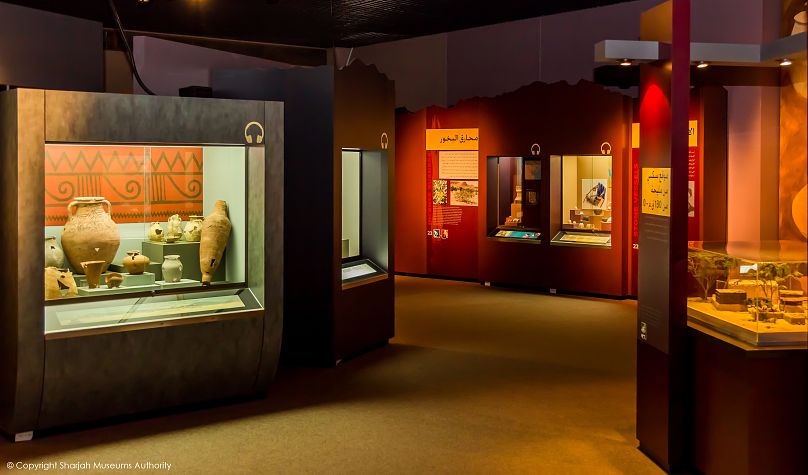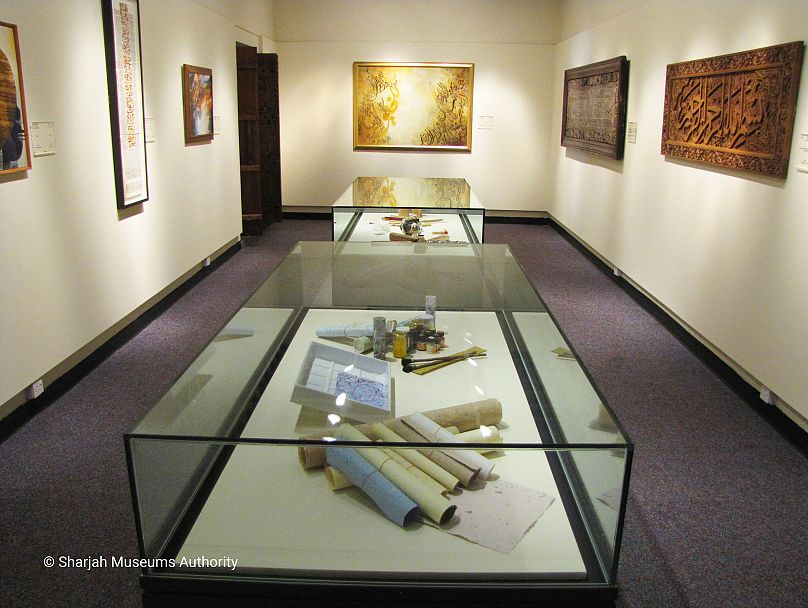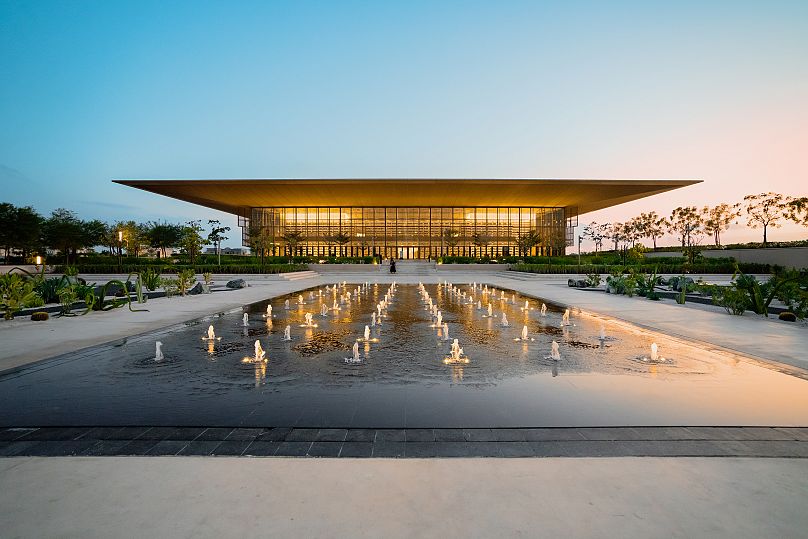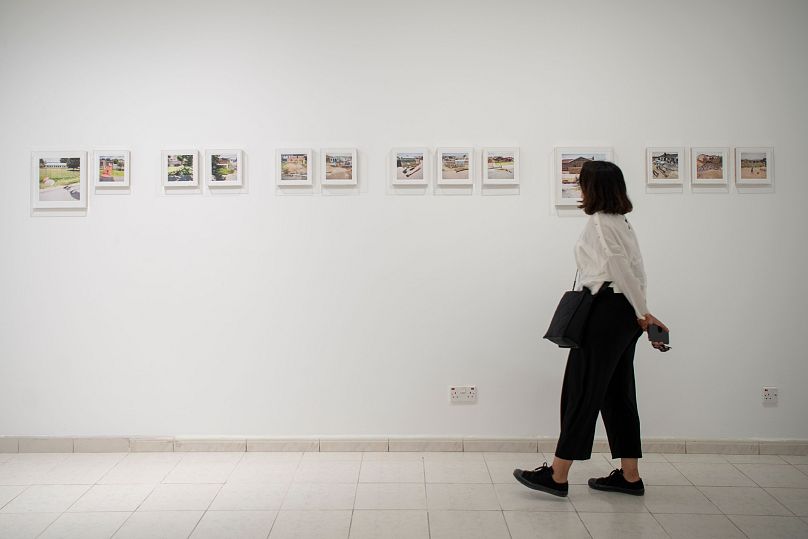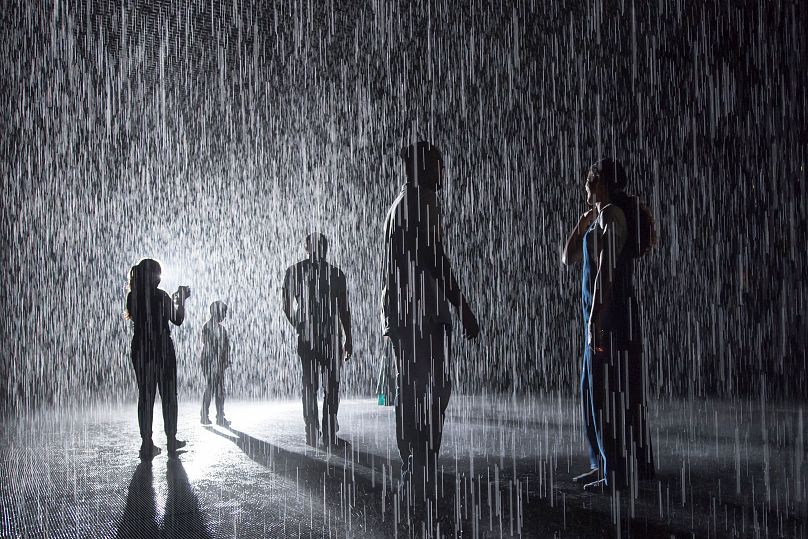By Jane Witherspoon
Sharjah is the third most populated city in the United Arab Emirates and often referred to as the culture capital of the Arab World, having been officially awarded this status in 1998 by The United Nations Educational, Scientific and Cultural Organization (UNESCO). In addition, the city has also been honoured with Capital of Islamic Culture for the year 2014 by the Ministers of Culture by the Organization of Islamic Conference (OIC), and the World Book Capital title in 2019 by (UNESCO).
The rich heritage of the city and cultural achievements have boosted Sharjah regionally and internationally and helped it maintain this status.
From establishing the UAE’s first school in the 1920s to offering the global publishing industry a first-of-a-kind commercial zone in the region dedicated to supporting publishing and creative businesses, Sharjah’s cultural leadership has been transformative.
“Various cultural institutions in Sharjah have contributed to cultural enlightenment, ardently investing in and supporting numerous high-profile cultural events that not only provide a forum for emerging talent, but also foster creativity, critical discourse, and generate fresh insights into the global cultural scene,” says Aisha Rashid Deemas, Director General of Sharjah Museums Authority (SMA).
SMA is a cultural beacon established in 2006 to oversee 16 museums across the emirate including those dedicated to archaeology, calligraphy and heritage, which you can access by wandering through the heritage zone admiring the local architecture, including the traditional stone wind tower as you go.
Sharjah Archaeology Museum was the first museum to open in Sharjah and tells a significant part of the emirate’s history highlighting the lifestyles and cultures of ancient civilizations that once lived here and its geographical importance as an ancient trade route.
“Its rich collection of objects including displays of pottery, jewellery, weapons and ancient burial sites dating back to the earliest human settlements in the region help visitors gain insights into the various stages of historical development, ranging from the Stone Age to the rise of Islam,” says Deemas.
One of the more unique museums is the Sharjah Calligraphy Museum. As the name suggests, it celebrates the art of Arabic calligraphy, one of the most respected art forms in the Islamic world.
The institution hosts regular workshops and exhibitions whereby the local community and visitors can learn about the art of calligraphy with this in turn raising literacy and cultural awareness.
Preservation of Emirati culture and Sharjah’s identity is very much at the core of Sharjah Museums Authority. The Sharjah Heritage Museum is the embodiment of these values. Visitors can learn about Emirati customs, from food and lifestyle to art.
Besides contributing to the global recognition of Sharjah, Deemas added, these museums are “actively involved in supporting inter-cultural dialogue to motivate social cohesion and help create an environment conducive to sustainable development” for future generations.
A relative newcomer to the creative scene in Sharjah is House of Wisdom (HoW). Built on the back of Sharjah’s World Book Capital legacy, this iconic futuristic library is breaking boundaries for innovation, creativity, education and entertainment.
“We are pushing boundaries to offer means of learning that shifts the centre of focus towards people, interactions and experiences,” said Marwa AlAqroubi, Executive Director of House of Wisdom, adding, “in our cultural centre, knowledge is not only consumed but created in the process of engagement.”
The building itself was designed by Foster + Partners and is another example of Sharjah’s commitment to sustainability. It boasts solar panels, rainwater systems and green roofs that help cool the building as well as support insulation creating an environmentally conscious space.
AlAqroubi says there is something for visitors of all ages to experience, “Our exhibition spaces host the world's greatest artists… the Wisdom Vault houses some of the world's rarest and most precious books, while the Little Reader space combines an edutainment space that promotes practical learning for children.”
A hub for contemporary art and design, Sharjah Art Foundation has firmly solidified the emirate on the global artistic map, thanks largely to the Sharjah Biennial. Established in 2009, the Biennial is an “international platform for inventive and experimental exhibition-making in the region and beyond,” says Sheikha Hoor Al Qasimi, President and Director of Sharjah Art Foundation, adding, “the Biennial offers opportunities for artists from around the world to come to Sharjah, convene and exchange ideas with other artists, experiment with their practices and garner attention from local, regional and international audiences.”
Various disciplines are explored and showcased during the Biennial with artists working across visual arts, music, film, performance and publishing. This year’s event, the Sharjah Biennial 15, brought together over 150 artists and collectives from more than 70 countries. “Every year we have continued to expand and to create more resources and platforms for artists,” says Sheikha Al Qasimi.
Another star attraction from Sharjah Art Foundation (and one not to be missed) is Rain Room, Sharjah. This permanent immersive installation in Al Majarrah area uses 2,500 litres of recycled water controlled through special 3D tracking cameras. Visitors are invited to walk through the pouring rain without getting wet. The technology follows guests as they navigate the darkened space and stops the rain from falling above any person detected below. The installation is the brainchild of Random International, an art group based in London and Berlin, and it has been a constant big draw for art lovers visiting Sharjah since it was installed. It was previously on show at the Barbican in London, MoMA in New York, Yuz Museum in Shanghai and at LACMA in Los Angeles, once again showcasing Sharjah’s pulling power to attract big hitters from the global art and cultural scene.


